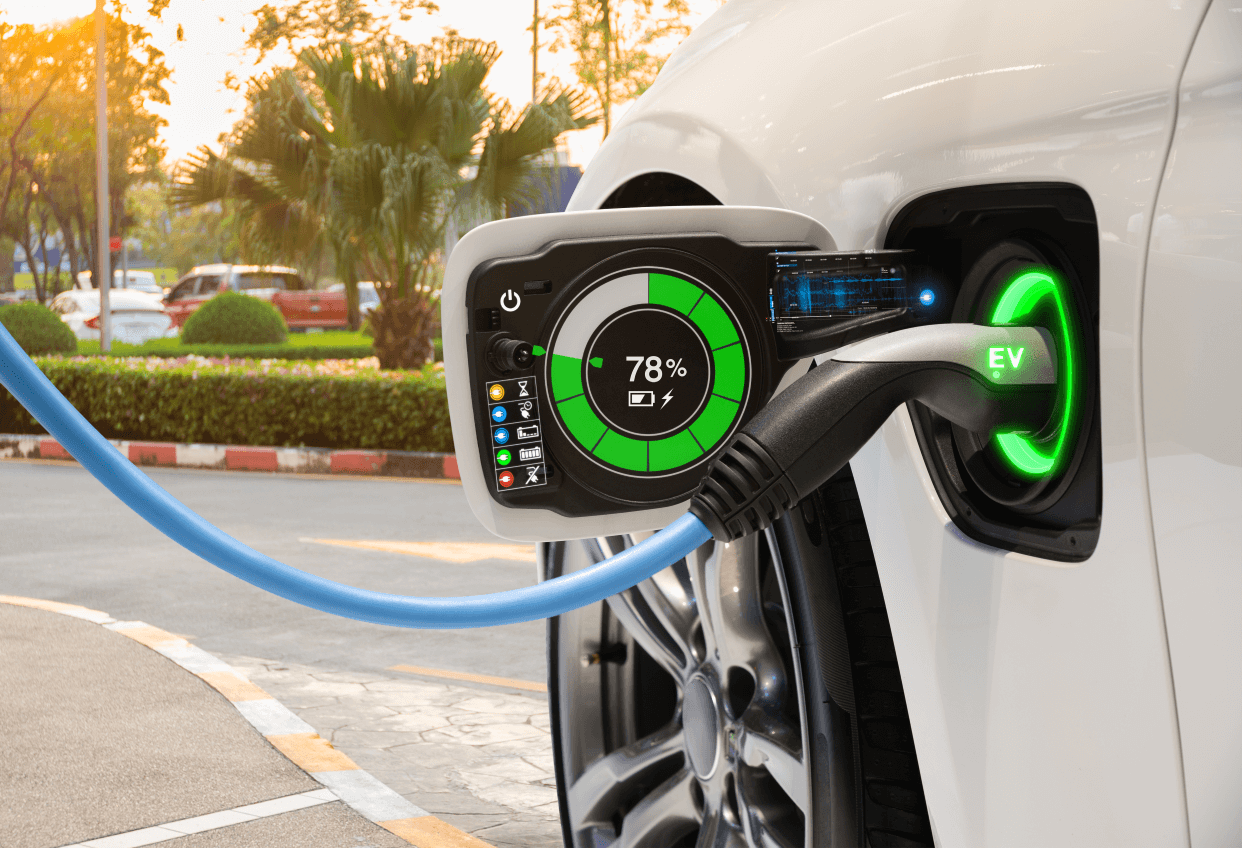Electric vehicles were developed decades ago amid increasing concerns over carbon emissions and environmental pollution. After starting slow, the electric vehicle market is now on a roll.
In 2019, the sector was said to be worth USD$162.34 billion, and with a compounded annual growth rate (CAGR) of 22.6%, it’s expected to grow to USD$802.81 billion by 2027.
Electric vehicles cover a whole range of transport options that come in all shapes and sizes. Some run on other power sources besides electricity. If you’re planning to purchase your own, here’s a brief guide on the electric vehicles you can find out there to help you get started.
5 Kinds Of Electric Vehicles
Environment-friendly vehicles come in various levels of dependence on electricity and types of batteries used. While pricier than their fuel-only counterparts, maintaining and running power-dependent vehicles is relatively cheap. For instance, charging an electric car costs only up to USD$60 per month, whereas the average annual spending for gasoline was pegged at almost USD$2,000 in 2017, according to the United States Energy Information Agency (U.S. EIA).
- Battery Electric Vehicle
This runs entirely on electricity. As such, it doesn’t have a gas engine, a fuel tank, or an exhaust pipe.
A battery electric vehicle (BEV) doesn’t only cover four-wheel vehicles since buses, scooters, and electric skateboards, such as the Onewheel XR, are lumped under this category as well.
With a BEV, electricity is stored in high-capacity battery packs. To recharge, one needs to have an external outlet to plug it in. This can be done through a traditional home charging point or via charging spots available in several parts around the city. Most units of this type are designed to charge fast. If you want to try the latest electric scooter, you can check Cycleboard for more details.
Compared to other kinds, this is the most environment-friendly, being that it doesn’t need to be filled with nonrenewable fuel sources. Ultimately, BEVs don’t emit hazardous and toxic chemicals.
Compared to other kinds, this is the most environment-friendly, being that it doesn’t need to be filled with nonrenewable fuel sources. Ultimately, BEVs don’t emit hazardous and toxic chemicals.
- Hybrid Electric Vehicle
Hybrid electric vehicles (HEVs) are perhaps the most popular type, and they started with the birth of the hybrid Toyota Prius in 1997. Cars under this type are powered by both electricity and gas.
HEVs first draw power from electricity and then switches to a conventional power source the minute your vehicle needs more power or speed. Unlike full battery-powered cars, hybrid vehicles are recharged through regenerative braking and not via external charging ports.
These cars have an intuitive computer system that decides when to use the electric or petrol motor by analyzing various factors. Because of this component, tracking your vehicle’s location may also be easier.
- Plug-In Hybrid Electric Vehicle
This type of electricity-triggered vehicle is operated exclusively by power-storing and rechargeable battery packs and supported by a secondary option, generally a gas-powered engine. Some plug-in hybrid electric vehicle (PHEV) units use a gas-fueled generator to power a battery that’s drained.
Simply put, these models have the features of BEVs in that they can be charged using an external source and the features of HEVs as they also use gas as a complementary power source.
What sets a plug-in hybrid electric vehicle apart from an HEV is that it can generate less than 75 grams of carbon dioxide per kilometer, making it greener than its ‘traditional hybrid’ counterpart.
Additionally, a PHEV can only travel at low speeds and short distances before its gas motor is activated. This means the car’s electric power can be used for short distance travels while its gas engine may be used for longer journeys.
- Extended Range Electric Vehicle
Extended range electric vehicles (E-REVs) rely on different power sources: a conventional combustion engine, a plugin battery pack, and an electric motor. Depending on the model and design, a unit can lean toward any of these power sources using different indicators.
In most cases, though, E-REVs can make long-distance trips using their built-in battery, and then they use their gas-powered engine when the electricity is drained. While it may sound like another plug-in hybrid electric vehicle, an E-REV is different in that the latter’s wheels are always powered by the electric motor.
- Fuel Cell Electric Vehicle
Otherwise known as hydrogen fuel cell vehicles, fuel cell electric vehicles (FCEVs) possess a fuel cell that utilizes hydrogen to generate electricity. This means the car will run as long as a reliable supply of hydrogen is at hand.
Like the E-REV, this type relies on electricity to run the wheels of the unit. The fuel cell, however, doesn’t need to be recharged. All you need to do is have it refilled with hydrogen.[adsense]
An average FCEV can run up to 300 miles before it runs out of hydrogen.
Final Thoughts
Before choosing the type of electric vehicle that suits you, remember that each model works differently and has varied performance. Your decision will largely depend on your lifestyle and preferences as to how you plan to use the electric vehicle.
If you’re only using it for short distances and you want to live a green lifestyle, a purely electricity-driven vehicle may suffice. If you want to use the vehicle for long drives, getting a hybrid or an FCEV may be a better idea.



